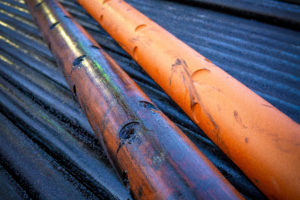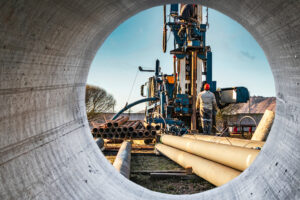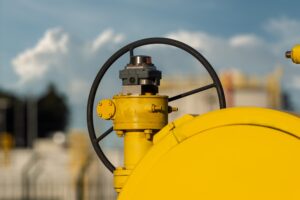In the oil well industry, perforating guns are a standard tool used in connecting pipelines.
Perforating guns are used in many industries but are commonly found in the oil and gas well industries. There are different types of perforating guns, depending on how they will be used. A perforating gun is used to create openings in casings used in oil and gas well drilling. These guns generally hold several explosive-shaped charges to create the type of openings called for in opening different types and sizes of casings.

How Different Perforating Guns are Used in the Field
When drilling in conventional wells, heavy-walled product casings are put in and cemented into place. This heavy seal is done to be sure no liquids in the reservoir can reach the wellbore. Then, when it is time to start production, holes must be made through the casing and the cement.
These holes are vast and deep, making them challenging to create with a drill bit alone. So instead, perforating guns expand these holes using shaped explosives.
Three types of perforating guns and how they are used include:
- Retrievable hollow gun: A steel tube is used to secure the charge. A small number of debris can be left behind.
- Expendable gun: This type of perforating gun uses individual cases. These cases are sealed and contain a charge. Expendable guns leave minimal debris in the well.
- Semi-expendable gun: These charges are retrieved with wire carriers. Metal bars can also be used. This type removes most of the debris created from the explosives. They are also more durable and reusable.
Perforating guns come in a wide range of sizes and are used for a variety of applications. Oil and gas companies work to keep their overhead low by protecting expensive assets and equipment. Protecting the thread components on perforating guns extends their lifespan.
MSI Pipe Protection Technologies helps protect completions equipment with custom thread protectors that help ensure that reusable perforating guns are appropriately maintained. The custom thread protectors also keep components dry, ensuring an intact charge.
Lower Equipment Costs by Protecting Completion Components
Replacing equipment in any industry can be expensive. Headquartered in Houston, MSI Pipe Protection Technologies develops and produces products that can help maintain and protect completion components and equipment.
MSI Pipe Protection Technologies is a leader in creating solutions to common problems in the oil and gas pipeline industries. Among their thread protection offering is perforating gun protectors that prolong the life of perforating gun threads.
Find out more about MSI Pipe Protection Technologies Products and how they can help prolong the life of your completion components.




